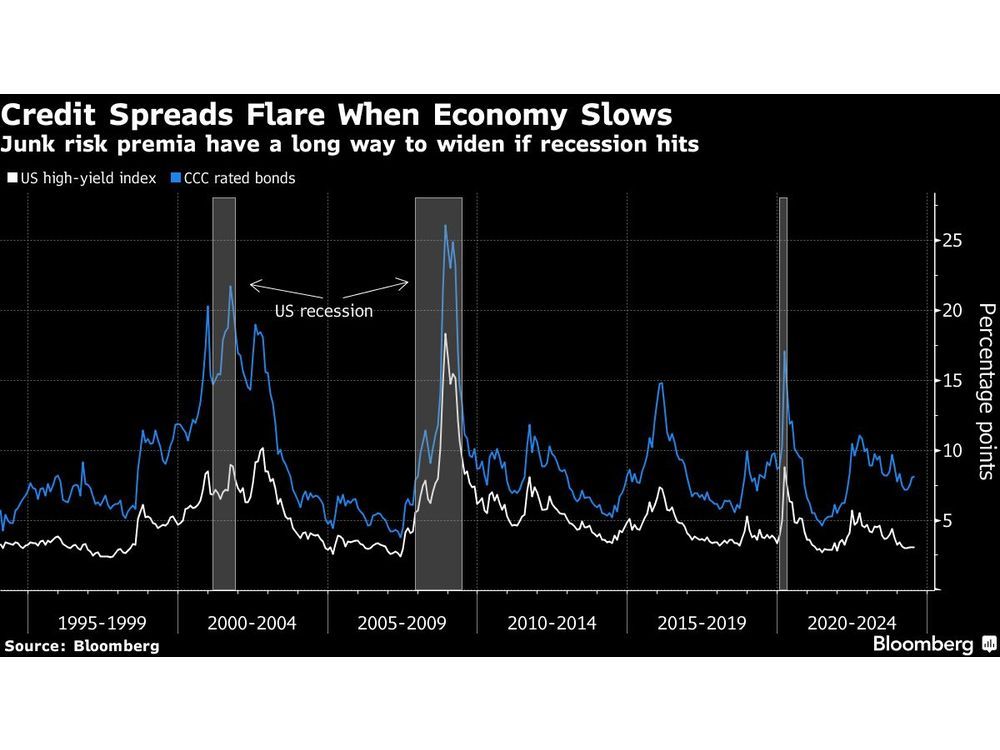Follow us on LinkedIn
When choosing between various investments, it is necessary to compare them. Whether it is investors or companies, they will face such decisions. There are several aspects of each project they must consider. Similarly, they can use different tools to consider those aspects. One such tool that is prevalent in investing decisions is the payback period.
What is the Payback Period?
The payback period of an investment refers to how long it takes to recover the initial investment. It is a part of the capital budgeting process of most companies. Unlike most other techniques, the payback period focuses on the timing of cash flows rather than the profitability. Based on this tool, companies select projects with the shortest payback period.
Companies can use the payback period on its own or comparatively. For single projects, companies choose projects having a payback period shorter than a predetermined period. On the other hand, for comparative decision-making, they choose a project with the lowest payback period. Therefore, it allows for straightforward decision-making.
Using the payback period to evaluate a project has several benefits. It is relatively simple and straightforward to understand. Similarly, it favours quick returns. For companies that prefer earlier cash flows, the payback period may be the primary tool for evaluating projects.
How is the Payback Period calculated?
The calculation of a project’s payback period depends on its cash flows. For projects with constant cash flows throughout their lifetime, companies can use the following payback period formula.
Payback Period = Initial Investment / Periodic Cash Flow
The above formula will return the number of periods it will take for companies to recover their cash flows from a project. Usually, companies use the annual cash flows for a project. Therefore, it will return the number of years it will take for a project to recover its value.
For projects that don’t have a constant periodic cash flow, the calculation becomes more complicated. In that case, companies must deduct the periodic cash flows from the initial investment one by one. The payback period becomes the period when the cumulative cash flows from a project turn positive.
Example
A company, Green Co., wants to invest in a project. The initial investment requirement is $100,000. The company expects the project to continue for five years. During these years, Green Co. expects the following cash flows.
|
Year |
Cash flows ($) |
|
1 |
35,000 |
|
2 |
30,000 |
|
3 |
25,000 |
|
4 |
20,000 |
|
5 |
15,000 |
|
Total |
125,000 |
The project’s cash flows are not constant over the years. Therefore, Green Co. must calculate when the cumulative cash flows turn positive. The calculation is as follows.
|
Year |
Cash flows ($) |
Cumulative Cash flows ($) |
|
1 |
35,000 |
(65,000) |
|
2 |
30,000 |
(35,000) |
|
3 |
25,000 |
(10,000) |
|
4 |
20,000 |
10,000 |
|
5 |
15,000 |
25,000 |
|
Total |
125,000 |
Since the cash flows turn positive in the 4th year of the project, the project’s payback period will be 3-4 years. More accurately, the project will take 3.5 years (3 years + [$10,000 / $20,000]) or 3 years and 6 months to recover. Therefore, that will be its payback period.
Conclusion
The payback period is a technique used to evaluate projects. A project’s payback period represents the time it takes to recover its initial investment. It favours the timing of cash flows rather than profitability, which is crucial for several companies or businesses.
Further questions
What's your question? Ask it in the discussion forum
Have an answer to the questions below? Post it here or in the forum
Meta rolled back January 6-era restrictions on former President Donald Trump's social media accounts ahead of the Republican National Convention.



June saw 75 filings, up from 62 in May and above the pandemic-era peak of 74 in July 2020, according to S&P Global Market Intelligence.

Credit markets are breathing a sigh of relief after inflation data showed price pressures are cooling broadly, but a weakening economy poses fresh risks to corporate debt.